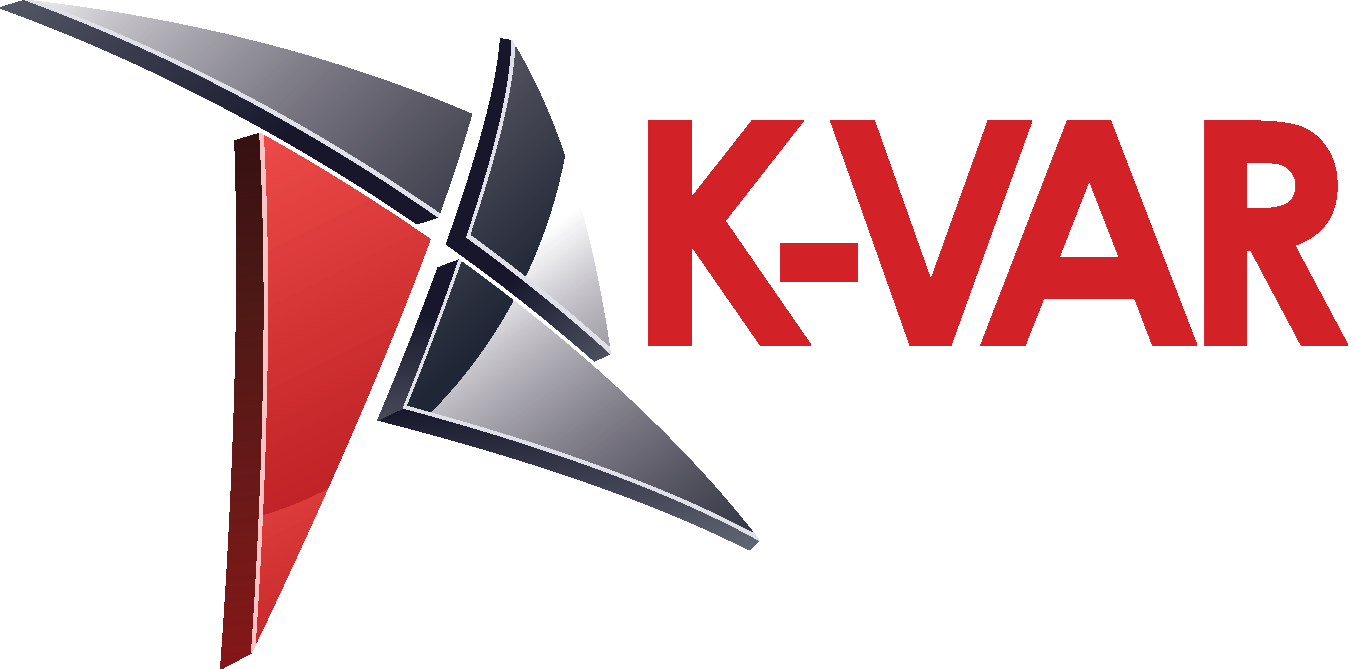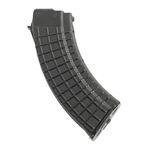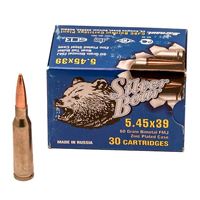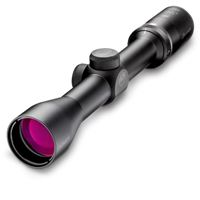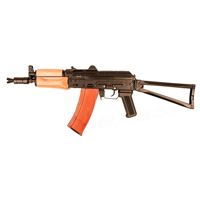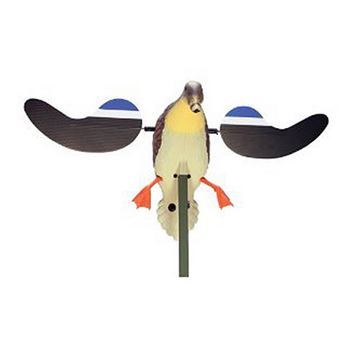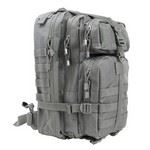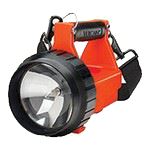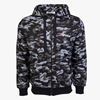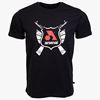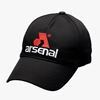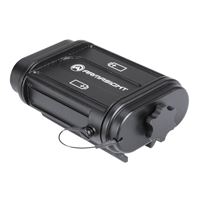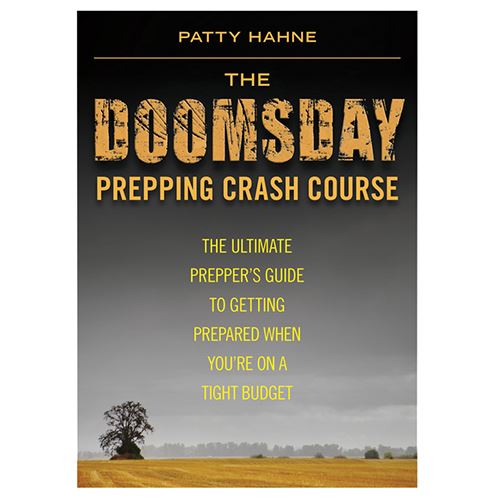When it comes to rifle shooting, fast hits are what counts in hunting and personal defense scenarios. When sighting in the rifle from the benchrest, we have all of the time in the world. Recently, I sighted my personal M1A1 with Leatherwood scope in from the rest and enjoyed 1 MOA groups with Federal MSR Fusion ammunition. However, I cannot expect a fraction of this accuracy when firing off hand at the 100-yard line, because you do not have the same opportunity to stabilize your rifle—or do you?
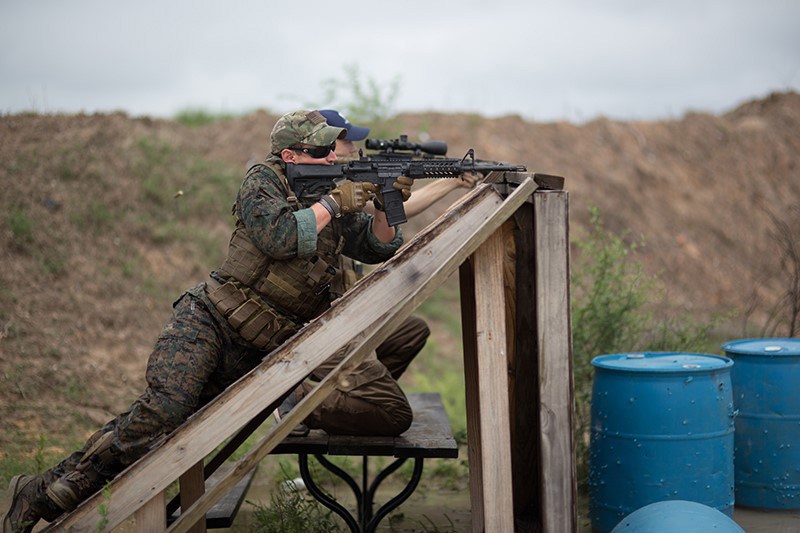
I have some experience hitting small targets at known and unknown distances. You must have an investment in time and ammunition to build this skill. The rifleman must learn to assume the kneeling position, rollover prone, and firing from the barricade position in order to maximize his accuracy and limit the wobble as he fires.
In a personal defense situation, or when confronting an active shooter, there should be horizontal or vertical support somewhere if the geography is inhabited versus a field situation. This may mean God-grown trees, man-made buildings, or even vehicles. There should be something available to brace the rifle and prevent wobble.
This will greatly increase our accuracy potential. While most personal defense situations occur at modest range, when you factor in a moving target and adrenaline dump, you need all the bracing possible. The brace of opportunity may be a light post or a delivery truck. Therefore, we should be aware of the proper use of bracing and how to make hits from such a brace.
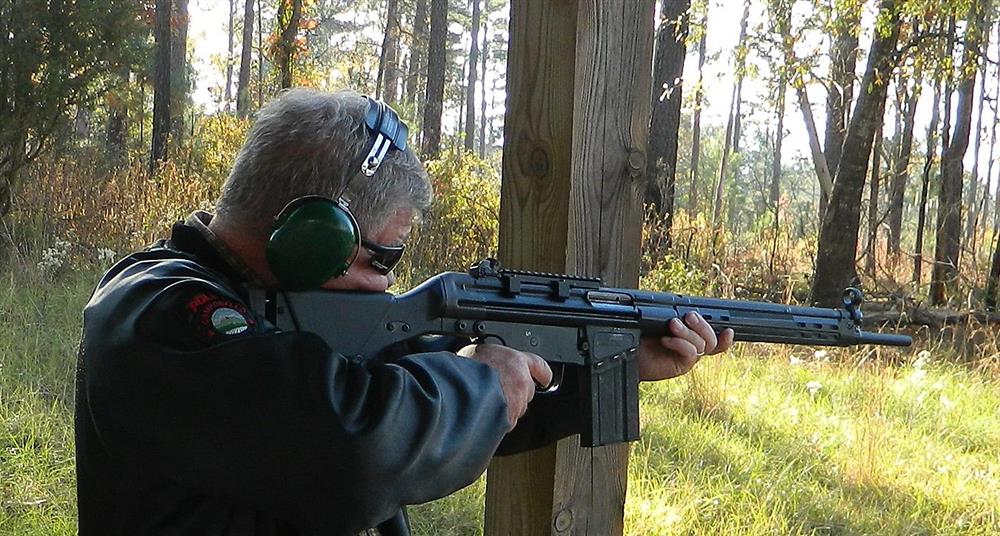
With the simplest firing brace, you will be able to fire about as accurately as from a solid benchrest firing position. As an example, many shooters are able to fire MOA groups from a benchrest, but this is reduced to perhaps 4-5 MOA from a standing position. When you really need the rifle, you will probably need only one shot, and that initial brace will be vital.
The important thing when using a support is to keep the shoulder lined up with the wall and the rifle sights aligned with the eyes. The line from the shoulder blade to muzzle should be straight. The firing-side foot should be in line somewhere between the butt plate of the rifle and the trigger. This makes for an excellent overall firing position.
If kneeling and maximizing cover, you may wonder which knee is up. The fact is either may work well as long as the firing elbow or support elbow is in contact with the knee that is up. I usually use the weak side knee, because that is what I have done for many years. However, I find that when the cover is low, I am better served with the firing knee up and the support elbow riding forward and a bit down on the knee.
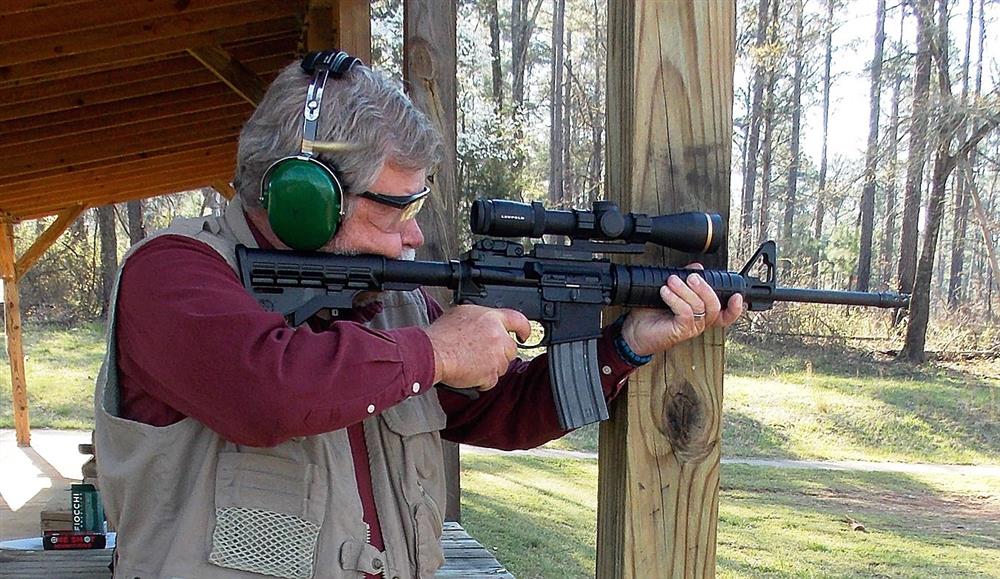
When firing the .223, I see too many shooters counting on that instant second shot. Well, that instant second shot isn’t as fast as you think, and a miss can send either a coyote or an active shooter scurrying before you are able to get off a second shot. And some of us still rely on the super-accurate, hard hitting .308, or whatever we have on hand to solve a problem.
If you fire, and it takes longer to get back on target and you observe motion in the red dot or reticule as you recover from recoil, perhaps your position isn’t as solid as you think. Think solid, but avoid muscle tremor. When the muscles are tight, they will begin to tremor within a few minutes of assuming the firing position.
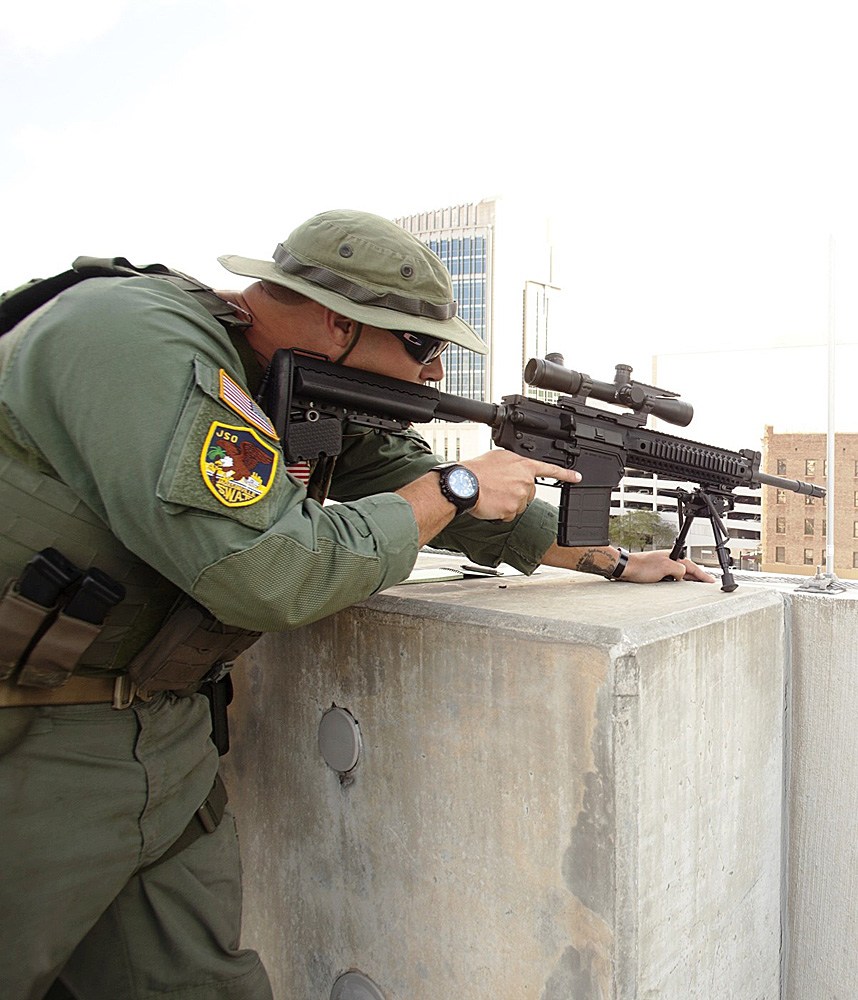
The support hand firing position is different when firing from a supported position. The shoulder socket hold and cheek weld are not. When firing from a braced position, you will place the flat of the stock—whether a synthetic stock or a quad rail—on the support. It may be a wall or a thin tree. The hand may be placed small finger up and use the thumb and forefinger as a brace. Or, you may run the fingers down the forward portion of the stock and the thumb over the top as you brace if the support is under rather than to the side of the support.
Remember, the support is supporting the rifle instead of the body, which is the point of assuming the braced firing position. The use of a good sling such as the Blackhawk! tactical sling makes for a steady firing position, and it is much better when using the braced firing position. Try different supports, and align the sights in dry fire. As an example, there may be times when the support will only accept the muzzle and muzzle brake, or you may not be able to brace the rifle at all, but you must use the hand or forearm to accomplish the brace.
Conclusion
Use a braced position whenever possible and practice movement and firing accurately. While the braced position is good to use and it isn’t perfect—unless the shooter practices.
